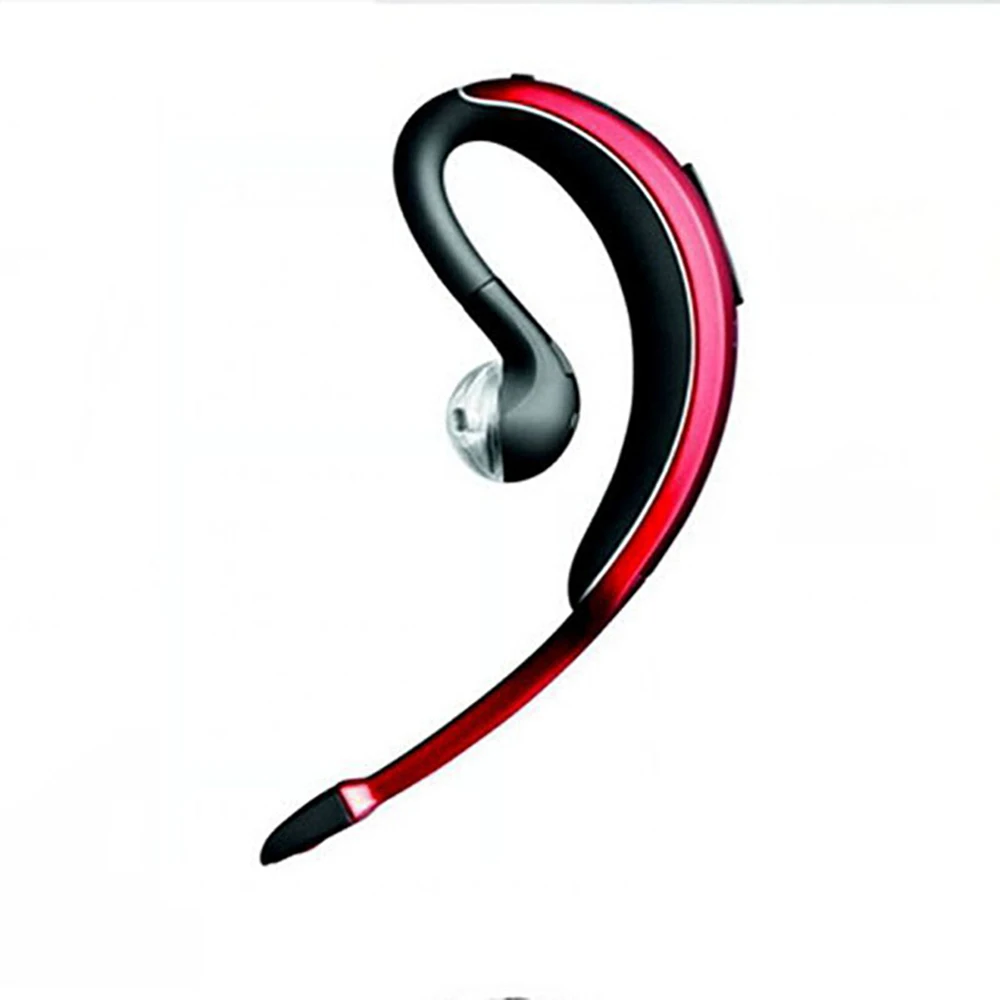
Talking on the phone – even when it’s handsfree – uses more of the brain’s

Psychological researchers at The University of Sussex discovered found that Sense of hearing-it uses up the brain’s visual processing abilities as well. Talking on the phone may seem like it would only require auditory resources-the The human brain has a limited capacity to process visual It all comes down to the way the brain processes
#Handsfree bottom free#
Think having a hands free device for your car gets rid of distractions, youĬould be mistaken. However, attention to one sense, such as hearing, can impair attention to another, such as vision, says attention researcher Marc Green, Ph.D A Hands Free Device for Your Car May Not Get Rid of Distractions That’s why you may feel like you can pay attention to the road in front of you while talking on a cell phone, but not while looking at your navigation system. For instance, if you’re looking at something (paying attention to a visual task), you may be able to listen to something else (paying attention to an auditory task) more easily than you could focus on looking at something else. Our senses have some attention resources, but they can also interfere with each other. Nobody can attend to everything at once, so when we apply our attention resources to one thing, we are always doing so at the expense of other things. Each person only has a certain amount of attention available, and when focusing his or her attention on one thing, he or she is unable to focus on others. Through extensive study, researchers have found that attention is a limited resource. Of focus for every task, and that focus may not go as far as you think. To pay attention to what you’re saying while focused on the newspaper orīecause our brains aren’t the best at multitasking. Surprised to learn that they may not be purposefully ignoring you. To tune out your voice while reading the newspaper or attend to a crying If you’ve ever been irritated by a family member who appears Hazards more slowly and fail to register seeing things that were right in front Same time caused participants in the study to detect fewer hazards, respond to Of the same brain processing resources needed for driving.

Have your mind free of distractions while driving.Ī study published by the University of Sussex in Englandįound that talking on the phone, even with a hands free device, requires much While driving limits a driver’s ability to operate a vehicle properly, but do Bluetoothĭevices solve that issue? Recent research shows that having your handsįree isn’t the only thing that matters for safety. Reason to use a handheld device while driving. Why a Hands Free Device May Not Make You Saferīluetooth devices are commonplace for most drivers, which means there’s less

That’s largely because of the limitations of the human brain: our brains simply can’t do everything we may expect of them at the same time. While hands free is better than handheld, both are still distracting. According to the National Safety Council, distracted driving kills 9 people and causes more than 1,000 crashes every day, making distracted driving a serious problem. Hands free devices can still be a distraction, and although handsfree is stillīetter than handheld, both can lead to distracted driving.Ĭell phone use is just one of many culprits that lead to distracted driving, but in recent years, it has contributed to a growing number of crashes. Your hands free device makes it safer to use your cell phone while driving? Think


 0 kommentar(er)
0 kommentar(er)
